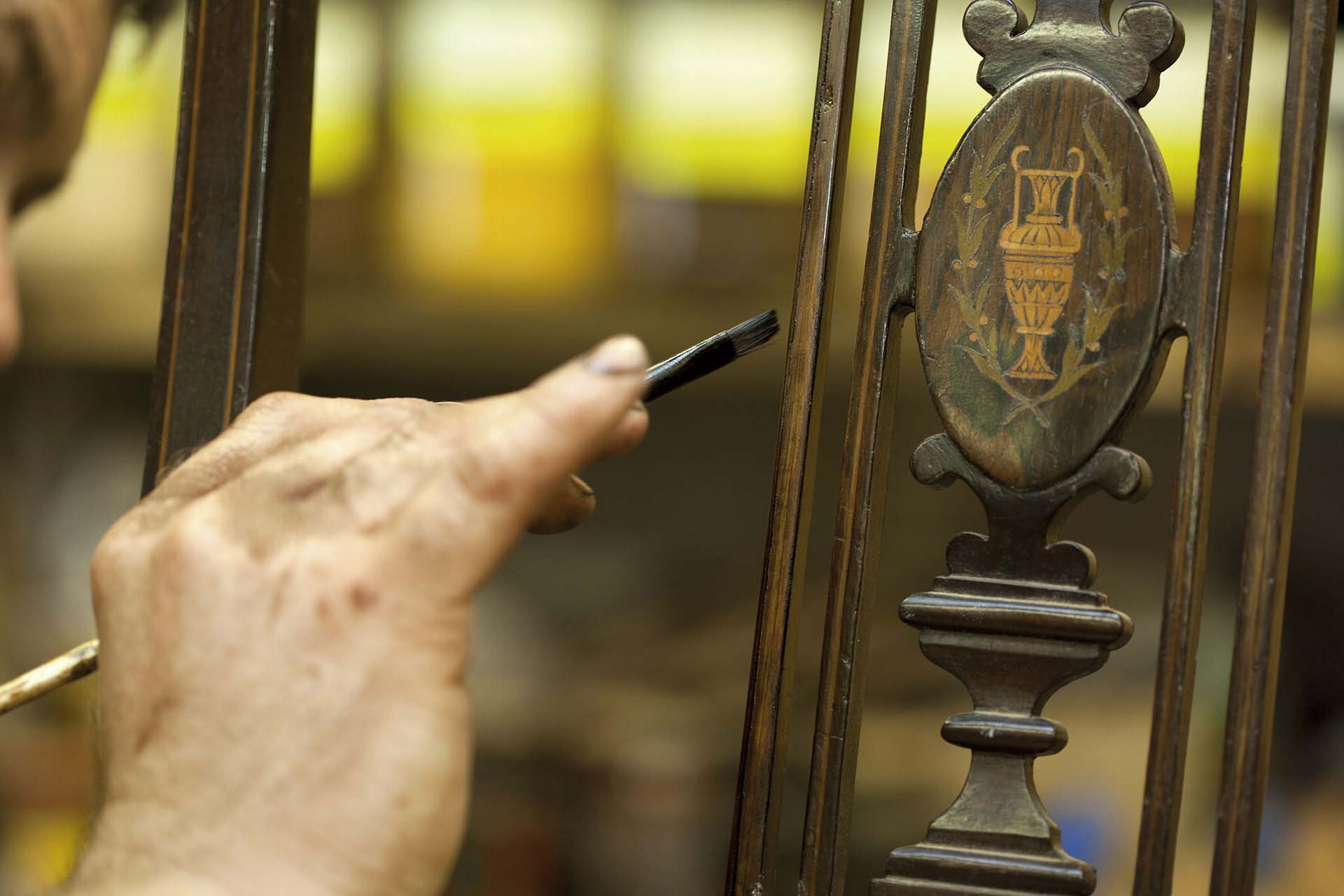No longer just environmental buzzwords, sustainability and green living are fast becoming a way of life in the 21st century as we aim to recycle more and lessen our carbon footprint in the hope of reducing our impact on the ecosystem. As consumers, we are all under pressure to do our bit and the good news for those of you visiting the IADA Antiques Fair, is that antiques are very eco-friendly!
An independent report conducted by Deloitte has confirmed that a piece of antique furniture is likely to have a carbon footprint 16 times lower than that of a newly manufactured item. The antiques trade has often being referred to as the oldest recycling business in the world, and therefore one assumed it was more environmentally friendly to buy furniture that was already in circulation, and Deloitte’s findings now bolsters this theory.
Antiques are items that are at least 100 years old. Many antiques have been recycled for generations by handing them down to family members or by selling them on through a dealer or at auction. By passing them on in this way, we are helping to conserve natural resources as the carbon footprint was absorbed centuries ago. The mass manufacturing of new furniture requires vast amounts of natural resources and raw materials while the shipping of this stock, often from the Far East, does untold damage to our sea and air.
As we become increasingly aware of the environment, perhaps we are less aware of the quality and value to be had in older pieces of furniture. In the 18th and 19th centuries, the materials the world had to offer to construct antiques were of a far superior quality and of greater quantity than any available material acquired today. Time was not necessarily of the essence and therefore the materials were developed to their full potential and maturity. Exotic woods such as Cuban Mahogany, Rosewood, and Kingwood; and materials such as Ivory, Tortoise Shell and Mother of Pearl are extremely rare and protected species today. The average age of wood used for furniture at that time was at least 300 years; in the current market, the oldest source-able wood is plantation Brazilian mahogany aged 100 years.
Today, due of the scarcity of these materials, great respect is shown to antiques due to their preservation and often, rarity, but in the earlier periods respect for materials was shown for different reasons. The transporting of the raw materials to this side of the world took a huge amount time, money, patience and luck (in the hope that the ship didn’t sink!). At the time, labour was very cheap and with more reverence shown to these imported materials than a man’s livelihood – cutting a piece of timber incorrectly or unnecessary wastage was deemed a sack able offence!
Expensive material and cheap labour acted as a catalyst to providing us with the best hand-made and constructed pieces of furniture, which have lasted through many generations to give us what we know today as antiques.

